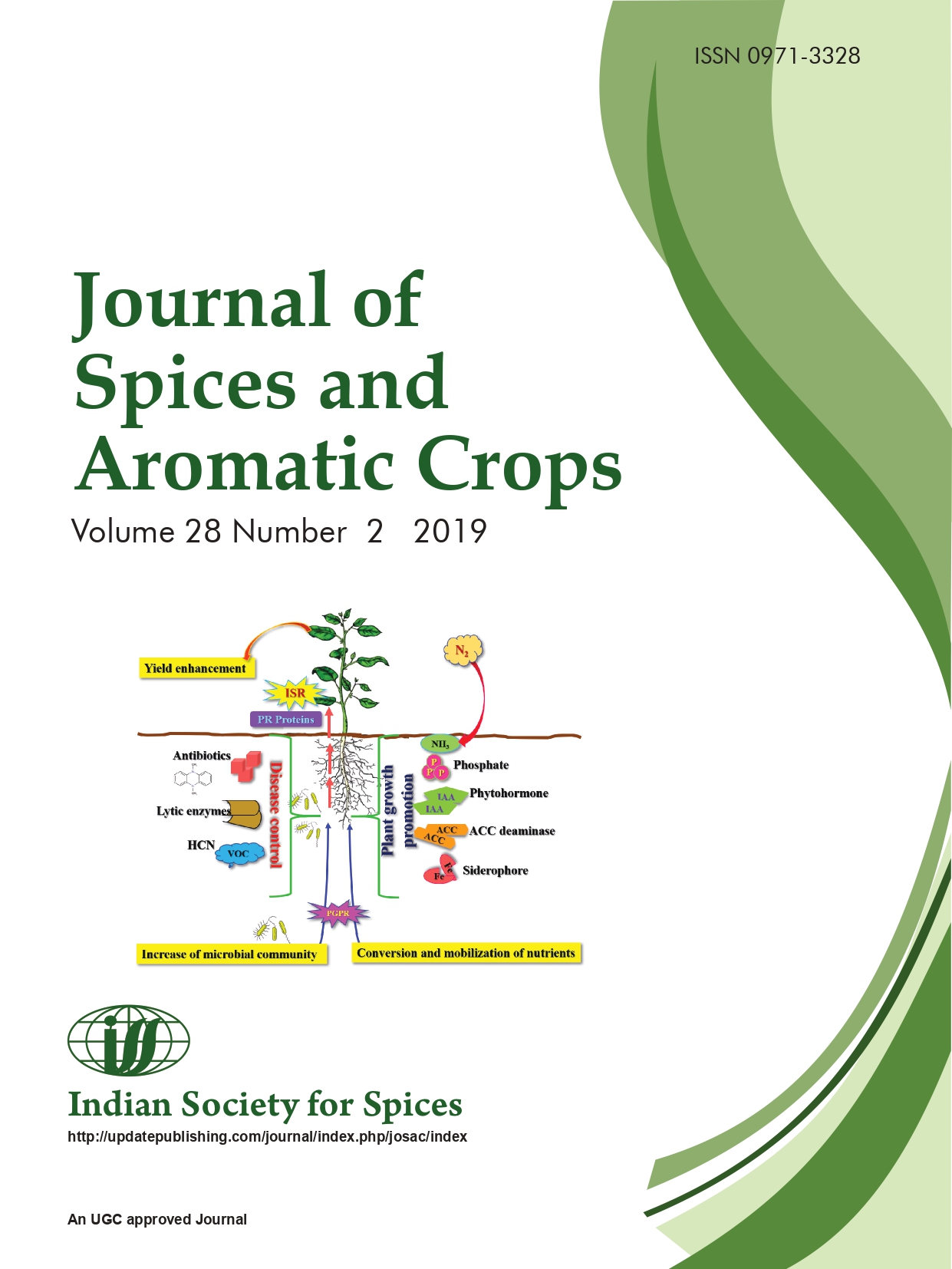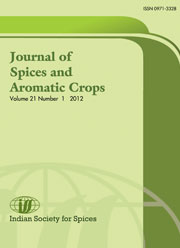Advances in adulteration and authenticity testing of turmeric (Curcuma longa L.)
DOI:
https://doi.org/10.25081/josac.2019.v28.i2.6072Keywords:
adulterants, detection, food safety, methods, supply chain, turmericAbstract
Synthetic colorants such as metanil yellow, lead chromate, Acid orange 7, Sudan red; rhizomes of related Curcuma sp. besides spent turmeric, starch, chalk and yellow soapstone are the main adulterants in traded turmeric while synthetic curcumin is an adulterant of natural curcumin. Both branded products as well as the produce from the unorganized sector are found adulterated. The adulterants, added either to increase the bulk, improve the colour and appearance or enhance the profit margin, often result in corroding the biological efficacy of the commodity and eroding the public impression besides posing health risks to the consumers. Various physical, chemical and PCR based methods are available to detect the adulterants in traded turmeric. While chemical methods are suited to detect the synthetic adulterants and spent turmeric, DNA based methods are the best options for detecting the biological adulterants (except spent turmeric) in the commodity. Along with adopting a supply chain system and quality linked pricing in turmeric trade, commercial adulteration diagnostic kits, if they can be developed and deployed, will be a very convenient way to ensure the quality of the traded produce.









 .
.